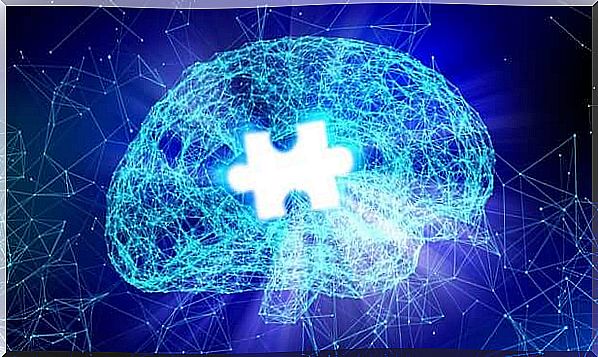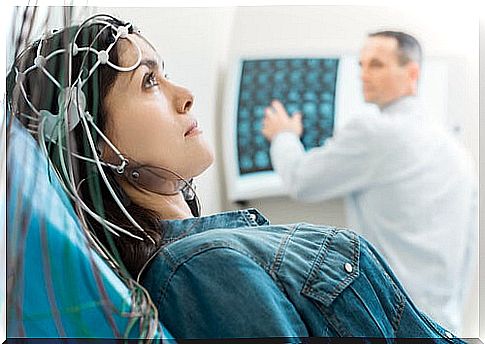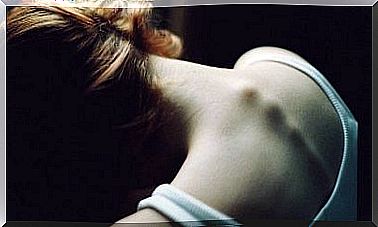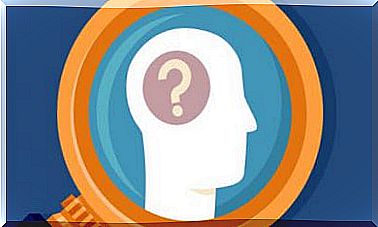Psychophysiology: What Is It?

Psychophysiology is the branch of psychology related to the physiological bases of psychological processes. It is a discipline of psychobiology and the object of study is the human being. The objective of psychophysiology is the study of behavior and the processes that organize it. Specifically, it is the study of our somatic and physiological processes.
From its birth in the last third of the 19th century to the present day, its object of study has remained constant. However, technological advance and the influence of different currents of thought have modulated the way of approaching the study of the brain in relation to behavior.
Currently, the brain is investigated using techniques from many different disciplines. Thus, we can find a relationship between psychophysiology and physiological psychology, neuropsychology, psychoendocrinology, psychoneuroimmunology or the psychobiological area of neurosciences.
Magazines and societies dedicated to Psychophysiology
Some magazines that are responsible for disseminating the knowledge of this perspective are:
- Psychophysiology , since 1964
- International Journal of Psychophysiology, since 1983
- Journal of Psychophysiology, since 1987
- Cognitive Neuroscience, since 2010
- Applied psychophysiology and biofeedback , since 1997
- Spanish Society of Psychophysiology and Cognitive and Affective Neuroscience
Some generalities about psychophysiology
As we have already mentioned, the objective of psychophysiology is to study the behavior of the human being and the processes that organize it. For this, this discipline uses some techniques with which physiological signals are captured . All these signals that are captured are translated into electrical signals to be analyzed.
Thus, to obtain the psychophysiological signal it is necessary, first, to capture that signal. This can be captured directly in an electrical or bioelectric way or indirectly in a bioelectric way. Some of the instruments that can be useful to capture signals are the thermistor or the photoplethysmograph. Once the physiological signal has been captured and transmitted by the sensors, it can: be transformed, amplified, filtered and / or calibrated.
Finally, to obtain the signal it is necessary to register. Thus, this can be carried out on graph paper moved at a constant speed on which it is recorded with oscillographs and ink pens. It can also be done on computers, when the amplification phase ends. This last process is more dynamic and facilitates the manipulation of the signal.

To explain the psychophysiological signal, analysis is necessary on the one hand and the interpretation of the signal on the other. Thus, the following parameters are analyzed in the psychophysiological signal:
- Amplitude.
- Frequency (Hz).
- Waveform.
- Response latency (ms.).
- Cycle.
- Interval.

Basic types of record
The signal recording can be carried out in a monopolar or bipolar mode.
- Monopolar (endosomatic) : one electrode is placed in an active part of the skin and another in an inactive part. For example, in the EEG there is a monopolar recording.
- Bipolar (exosomatic) : it is recorded by two electrodes located at two electrically active points. For example, the EKG works this way.
Types of psychophysiological response
The psychophysiological response obtained can be in three ways.
- Tonic. It refers to the basal or resting level in the activity of a psychophysiological measure, that is, without applying a stimulation.
- Phasic. It is the response or degree of reactivity to a specific stimulus. They are temporary changes on the tonic level.
- Spontaneous or nonspecific. These are spontaneous psychophysiological responses . They appear in the absence of a known stimulus and indicate a degree of lability and general activation.
What is analyzed of the psychophysiological response?
From the psychophysiological response, the following are analyzed:
- The activation or arousal : This activation is the release of energy that occurs in the subject analyzed. This measure relates psychophysiological changes to behavioral ones.
- The habituation : Cease or decreased range of responses resulting from repeated activation.

In addition to the above, in psychophysiology it is important to take into account the context of registration. Thus, the recording of the signal can be carried out in the field or in the laboratory. If the recording is done in the laboratory, certain variables such as temperature, humidity, light, etc. they will have to be controlled.
In this way, the experimental task will be carried out in several phases. First, prior to the task, it is important to know the characteristics and physiological responses of the subject that we will analyze. Then there will be an adaptation phase, followed by a “baseline” recording, a pacing recording, and a post-stimulation recording.
Finally, we must mention the nature of psychophysiology as a branch in which different disciplines converge. The most immediate consequence of this fact is that a good part of its knowledge is generated based on that produced by other sciences. On the other hand, the knowledge it generates can also be used by other sciences. We are talking, without a doubt, of a fascinating discipline.









